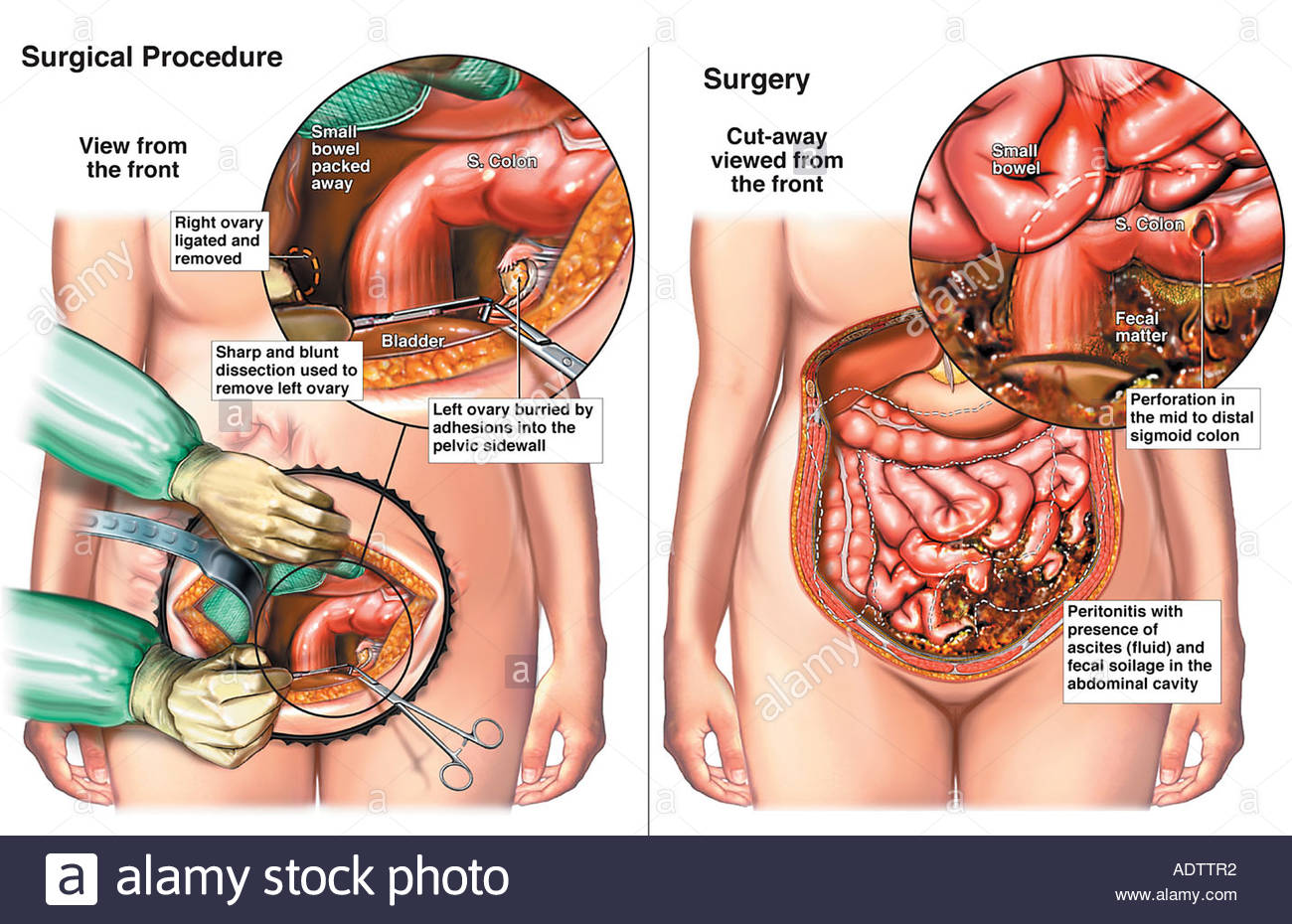Oophorectomy in Gurgaon
Search and Compare the Best Clinics and Doctors at the Lowest Prices for Oophorectomy in Gurgaon

Find the best clinics for Oophorectomy in Gurgaon
No pricing info available
Ukraine offers the best prices Worldwide
Price: $ 714
From 168 verified reviews
Shruti Gupta, 23 September 2020
I felt a small lump in my breast, it turned out to be cancer. I went to a number of hospitals and met doctors. My daughter told me to meet Dr Rohan. So, I came to the CK Birla Hospital. I was so scared but then I attended their cancer support meeting. The Dr and staff were so caring and nice that I finally felt that I have a chance of beating cancer. I am now done with my surgery and chemotherapy. I recommend this hospital to everyone.
WHY US?
At Medijump, we're making medical easy. You can search, compare, discuss, and book your medical all in one place. We open the door to the best medical providers worldwide, saving you time and energy along the way, and it's all for FREE, no hidden fees, and no price markups guaranteed. So what are you waiting for?

Free

Best Price

Widest Selection

Risk-Free
What you need to know about Oophorectomy in Gurgaon

Oophorectomy also referred to as ovariectomy, is a surgical procedure to remove one or both of a woman’s ovaries – the almond-shaped organs located on each side of the uterus that produces ovum (egg cells). It is often performed to prevent or treat certain medical conditions, such as ovarian torsion, endometriosis, non-cancerous ovarian tumor, and ovarian cancer.
What does a Oophorectomy Procedure Involve?
A general anesthetic is used during oophorectomy and the procedure can be performed in two different ways: laparotomy or laparoscopy. With laparotomy, your surgeon will make a single large incision in your lower abdomen to gain access to your ovaries. Then, your surgeon removes the ovary by separating each ovary from the blood supply and tissue that surrounds it. With a laparoscopy, your surgeon makes three small incisions in your abdomen to insert a small surgical tool and laparoscope (a small, flexible tube with a tiny camera and a light on its end). The surgeon separates each ovary from the blood supply and the surrounding tissue and places it into a pouch. The pouch is then pulled out of your abdomen through the small incision.
How Long Should I Stay in Gurgaon for a Oophorectomy Procedure?
If you have a laparoscopy, you only have to stay in the hospital for a day. If you have laparotomy, expect to stay in the hospital for 2 or more days. However, you will need to stay in Gurgaon a bit longer, at least around 7 to 14 days for the initial recovery, follow-up checkups, and for the removal of the stitches.
What's the Recovery Time for Oophorectomy Procedures in Gurgaon?
You may be able to return to your normal routine and go back to work within 2 to 3 weeks after oophorectomy with laparoscopy. If you undergo laparotomy, you may need six weeks until you can resume your full normal activities.
What sort of Aftercare is Required for Oophorectomy Procedures in Gurgaon?
You will need to refrain from sexual intercourse for a few weeks and also avoid heavy lifting and exercise during the recovery period, but make sure to get up and about as soon as you can. You may need to make dietary changes and avoid using tampons.
What's the Success Rate of Oophorectomy Procedures in Gurgaon?
Oophorectomy has a high success rate of 97.5%. However, there are some side effects, complications, and risks you need to be aware of before the procedure, such as hot flashes and vaginal dryness (menopause symptoms), memory problems, decreased sex drive, heart disease, depression, anxiety, and osteoporosis.
Are there Alternatives to Oophorectomy Procedures in Gurgaon?
The alternative to oophorectomy depends on what medical condition you need the procedure for. If you have endometriosis, your alternative is hormone therapy. Hysterectomy can also be an alternative to this procedure.
What Should You Expect Before and After the Procedure
Before an oophorectomy, you may be at risk of ovarian and risk cancer. After the surgery, your risk will be greatly reduced. If the procedure is performed to treat a specific condition, you will no longer experience the symptoms of the condition.
Whilst the information presented here has been accurately sourced and verified by a medical professional for its accuracy, it is still advised to consult with your doctor before pursuing a medical treatment at one of the listed medical providers
No Time?
Tell us what you're looking for and we'll reachout to the top clinics all at once
Enquire Now

Popular Procedures in Gurgaon
Prices Start From $500

Prices Start From $260

Prices Start From $714

Prices Start From $714

Recommended Medical Centers in Gurgaon for Oophorectomy

- Interpreter services
- Translation service
- Religious facilities
- Medical records transfer
- Medical travel insurance
- Health insurance coordination
- TV in the room
- Safe in the room
- Phone in the room
- Private rooms for patients available

- Interpreter services
- Translation service
- Religious facilities
- Medical records transfer
- Medical travel insurance
- Health insurance coordination
- TV in the room
- Safe in the room
- Phone in the room
- Private rooms for patients available

- Interpreter services
- Translation service
- Religious facilities
- Medical records transfer
- Medical travel insurance
- Health insurance coordination
- TV in the room
- Safe in the room
- Phone in the room
- Private rooms for patients available

- Interpreter services
- Translation service
- Religious facilities
- Medical records transfer
- Medical travel insurance
- Health insurance coordination
- TV in the room
- Safe in the room
- Phone in the room
- Private rooms for patients available

- Interpreter services
- Translation service
- Religious facilities
- Medical records transfer
- Medical travel insurance
- Health insurance coordination
- TV in the room
- Safe in the room
- Phone in the room
- Private rooms for patients available
Oophorectomy in and around Gurgaon
About Gurgaon
Gurgaon, officially named Gurugram, is a city in the northern Indian state of Haryana. It’s one of the major satellite cities of Delhi and is part of the National Capital Region of India. The city is one of the fastest-growing cities in the country and is a leading financial center after Mumbai and Chennai. Its skyline is dominated by skyscrapers, with upscale shopping malls per square mile, all types of restaurants, and a brand new metro system. Gurgaon is also fast becoming a global medical tourism hotspot as it provides top medical care at affordable prices. Numerous medical centers in the city are accredited by the National Accreditation Board of Hospitals and Healthcare Providers (NABH) and the Joint Commission International (JCI). These medical centers are equipped with advanced technology and qualified specialists, allowing them to deal with complicated cases. Most medical tourists, particularly from the Middle East and Africa, come to the city to undergo cardiology, knee replacement, gastric bypass, and cosmetic surgeries.
Popular Parts of Gurgaon
There are museums and temples as main attractions. History enthusiasts, especially those who are interested in automobiles, should visit the Heritage Transport Museum. It has a huge collection of pre-modern and modern cars, as well as palanquins, bullock carts, howdahs, and boats. The most popular attraction in the city is the Kingdom of Dreams, which is India’s first live entertainment zone that offers theater and leisure activities. It allows visitors to indulge in India’s cultural heritage through drama and music. Other popular places in the city are Sultanpur Bird Sanctuary, Damdama Lake, and Cyber Hub.
Transport in Gurgaon
Delhi’s Indira Gandhi International Airport is conveniently located just across the border of Gurgaon, which makes it easier for international tourists to visit the city. The city is improving its public transport system and there are intercity minibusses, Rapid Metro Gurgaon, and cycle rickshaws. Taxis are widely available and are reasonably priced.
Visas in Gurgaon
Holders of passports issued by Maldives, Bhutan, and Nepal, are allowed to visit and stay in India without a visa. Nationals of other countries are required to obtain a visa. Citizens of South Korea, Japan, and the UAE can apply for a visa on arrival. Citizens of 150 countries are eligible to apply for an e-Visa.
Weather in Gurgaon
Gurgaon experiences several seasons with a high variation of temperature between summer and winter. Summer (April to June) can be very hot, with the average temperature rising to 32°C, sometimes even as high as 46°C. From June to mid-September is monsoon and the temperatures will fall to an average of 29°C, but it’s humid and rainy. In winter, starting from November to March, the temperature drops to an average of 6°C.
Additional Info
- Local Currency: The Indian rupee (INR) is the local currency, and 1 USD will get you about 73 INR.
- Money & Payments: ATMs are readily available around the city. Although credit cards are accepted in many establishments, always bring some cash with you as some places only accept cash. Tipping is not mandatory.
- Local Language: The official language is Hindi, but several regional languages are also spoken, English is understood and spoken to a lesser extent.
- Local Culture and Religion: Over 93% of the population follows Hinduism. Islam and Sikhism Christian and Buddhists are all practiced as well.
- Public Holidays: New Year’s Day, Republic Day, Tamil New Year, and Deepavali are some of the most important and most celebrated holidays.
Popular Searches
- Plastic Surgery in Thailand
- Dental Implants in Thailand
- Hair Transplant in Thailand
- Breast Augmentation Thailand
- Gastric Sleeve in Thailand
- Gender Reassignment Surgery in Thailand
- Laser Hair Removal in Bangkok
- Botox in Bangkok
- Dermatology in Bangkok
- Breast Augmentation in Bangkok
- Coolsculpting in Bangkok
- Veneers in Turkey
- Hair Transplant in Turkey
- Rhinoplasty in Turkey
- Stem Cell Therapy in Mexico
- Rhinoplasty in Mexico
- Liposuction in Mexico
- Coolsculpting in Tijuana
- Rhinoplasty in Korea
- Scar Removal in Korea
- Gastric Sleeve in Turkey
- Bone Marrow Transplant in India
- Invisalign in Malaysia
- Plastic Surgery in the Dominican Republic
- Tummy Tuck in the Dominican Republic
- Plastic and Cosmetic Surgery in Poland
- Rhinoplasty in Poland
- Hair Implant in Poland
- Dental Implants in Poland
- IVF in Turkey
